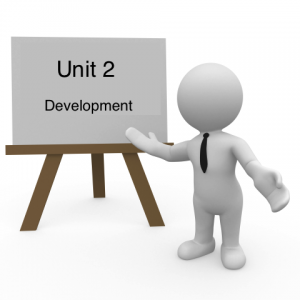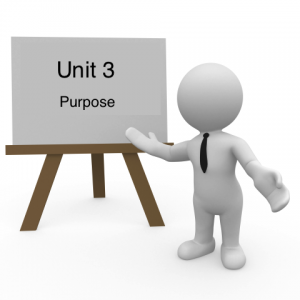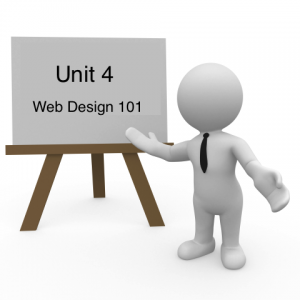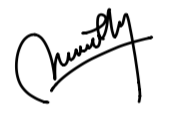Introduction
Social networking is the practice of expanding the number of one’s social contact by making connections through individuals (Johnson, 2015). It is instrumental for individuals and companies alike to increase their exposure, grow business partnership and reduce overall marketing cost (Bendror, 2014). Not every social networking strategy is the same and each has to be specifically tailored to the needs of the individual.
Purpose
This report aims to develop ways to maintain and grow a professional social network
Significance
To create dialogue and connection between the ‘Biohazard’ team on the importance of good social networking skills for future professional relationships.
Scope of this report
Below are 10 strategies for developing, maintaining and growing a professional social network.
- Decide on a suitable social media platform
There are literally hundreds of social media platform but select one that would serve you best. Keep in mind your targeted audience when making a decision. Pinterest would be good to connect with high school kids but might not be good for a professional environment. Social media platform such as Facebook and LinkedIn are suitable choices for my application to the Masters of Biotechnology program. Studies have found that 95% of potential employers or universities utilizes Facebook to screen for suitable candidates (Cattelan, 2015).
- Construct a base of contacts
Get to know and connect with people that are working in your area of focus. A great place to start connecting with them is through social media platform like LinkedIn, Facebook or Pinterest. Look through individuals that they may know and connect with them as well.
- Utilize Twitter
Twitter allows users to get instantaneous feedback. Twitter provides live updates allowing you to connect with companies or even universities. Twitter would notify me on upcoming biotechnological events happening around campus and also potential interview dates. It is a rapid way to efficiently obtain reliable information.
- Make sure that your profile is always up-to-date
Make sure that there are no discrepancies between your digital profile and your application package. Derogatory comments, images are all red flags. Remove them from your profile because they may hurt your application.
- Branding
Think of your social media platform as a brand. Be authentic, original and creative but beware of the boundaries. Use this platform to paint a more complete picture of yourself. Allow your personality to shine through this platform. Your profile should stand out amongst the thousands of applications that recruiters review.
- Voice/Tone
Be polite and courteous with your postings or replies. Misunderstandings happen more frequently on social media because people aren’t able to see your expressions. Remember to review each statement before posting onto social media. Things spread quickly with just a click.
- Monitor who is viewing your profile
Knowing who is viewing your profile allows you to adjust the content and cater towards their search for the ideal candidate. Look for ways to increase traffic to your profile. The more they look at your profile, the higher the chances of getting an offer.
- Ensure perfect spelling and grammar
Spelling errors or grammatical mistakes immediately removes credibility from your profile. Proof read or ask your peers to review before posting something onto the social media.
- Be involved
Find means of staying in touch with individuals that may share similar interest or passion as you. Join groups with similar interest to your own. Start dialogues with people in those groups to stimulate activity on your public space.
- Reach out
Don’t forget to connect with people outside your field of profession. A broader social circle allows you to enrich your personal and professional life.
Conclusions
Together, these strategies would help develop, maintain and grow a professional social network. I believe these strategies would help me in my application for the Master of Biotechnology. Hopefully you might find it helpful for your respective goals. If you have any further questions, please do not hesitate to contact me at gohtim@gmail.com.
Works cited
Bendror, Y. “Why Social Media Is So Important for Your Business in 2014.” Business 2 Community. 10 Feb. 2014. Web.
Cattelan, L. “10 Essential Networking Strategies.” HumanResourcescom RSS. 13 Nov. 2015. Web.
Johnson, Phil. “Your Stack Overflow Reputation Can Help Get You Hired … by Stack Overflow.” Itworld. 13 Nov. 2015. Web.
Link: 301-Timothy Goh-Social networking strategies
 Three Definitions of a technical term
Three Definitions of a technical term  Two Letters: Complain and Bad News
Two Letters: Complain and Bad News 











